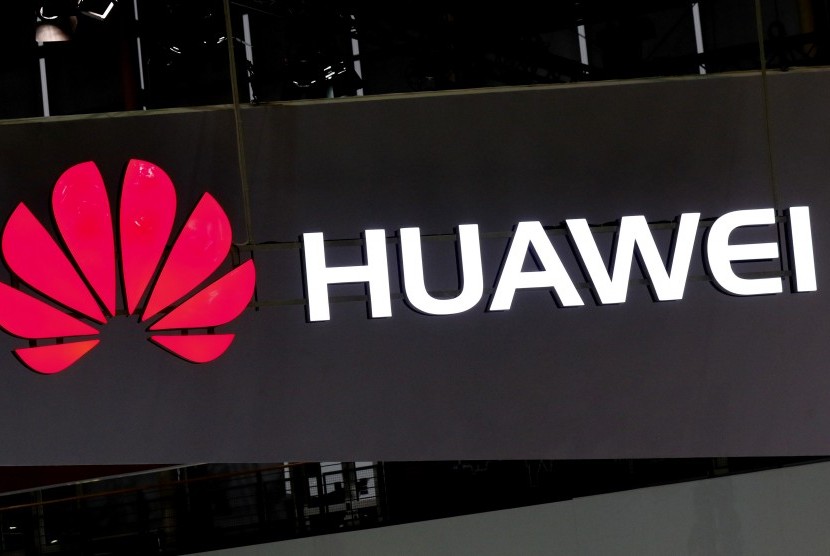The digital connectivity of the future needs to be carbon neutral.
REPUBLIKA.CO.ID, JAKARTA — At the Mobile World Congress (MWC) Barcelona 2022, Rotating Chairman Huawei Guo Ping conveyed the company’s plans to continue its strategy of increasing investment in basic technology. In his online remarks, Guo underlined that there are two things that are the biggest challenges as well as opportunities facing the world today, namely digitalization and efforts to achieve carbon neutrality.
According to various predictions, more than 50 percent of global GDP will be digitized by 2022. With the rapid development of the global digital economy, the demand for digital products and services has far exceeded expectations.
Regarding carbon neutrality, via press release received Republika.co.id On Tuesday (1/3/2022), Guo Ping revealed that connectivity density and computing power determine the power of the digital economy. “Both also maintain long-term vitality. Therefore, we need to consider a new dimension in carbon reduction.”
Huawei is currently pursuing a “More Bits, Less Watts” strategy with a commitment to making its products 2.7 times more energy efficient through breakthroughs in various fields such as theory, materials, and algorithms. Through advances like these, the ICT industry is able to help other industries reduce their own carbon footprints. In fact, this reduction could be up to 10 times the carbon footprint of the ICT industry itself.
Digital growth challenges in Asia Pacific
With the arrangement in the Asia Pacific region, Huawei has digital growth challenges. First, the imbalance between countries.
Several countries, such as Japan, Korea, and Singapore, are at the forefront of the information and communication technology (ICT) index. But for some other countries such as in South Asia, the development of ICT also still has a lot of room to grow.
“So this is the imbalance that is a challenge in our region. How to deal with different markets, how to address different needs of different markets in terms of technological know-how, in terms of solutions, in terms of real scenarios. This is a broad challenge,” said the Vice President Huawei Asia Pacific Jay Chen in the Huawei Virtual Roundtable, Tuesday (1/3/2022).
The second challenge is the shortage of ICT talent. Chen said no matter how developed or undeveloped the country is, having ICT talent is another part of Huawei’s strategy in the region.
“We create and manage programs that can help different markets and can partner with different general industries and help how to promote ICT talent for the growth of the region,” he said.
Specifically in Indonesia, Huawei is committed to developing the competence of Indonesian digital talent, as well as building connectivity and supporting digital transformation. Under the umbrella of the I Do Contribute commitment, Huawei has since 2020 committed to being able to meet the target of providing training to 100,000 digital talents by 2024 to support the Indonesian government’s target of preparing 600,000 digital talents annually.
Together with the government, higher education, industry, and the community, Huawei organizes various programs including the Huawei ICT Academy, Huawei ICT Competition, Huawei Seeds for the Future, TechDay as well as training programs in the fields of 5G, Cloud, AI, and cybersecurity. By the end of 2021, Huawei had successfully trained more than 52,000 digital talents in just 14 months, more than half of its five-year target.
–

